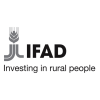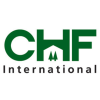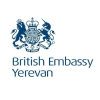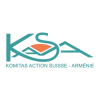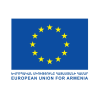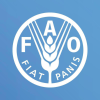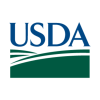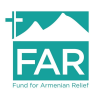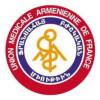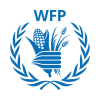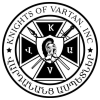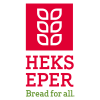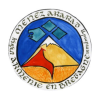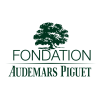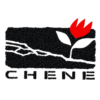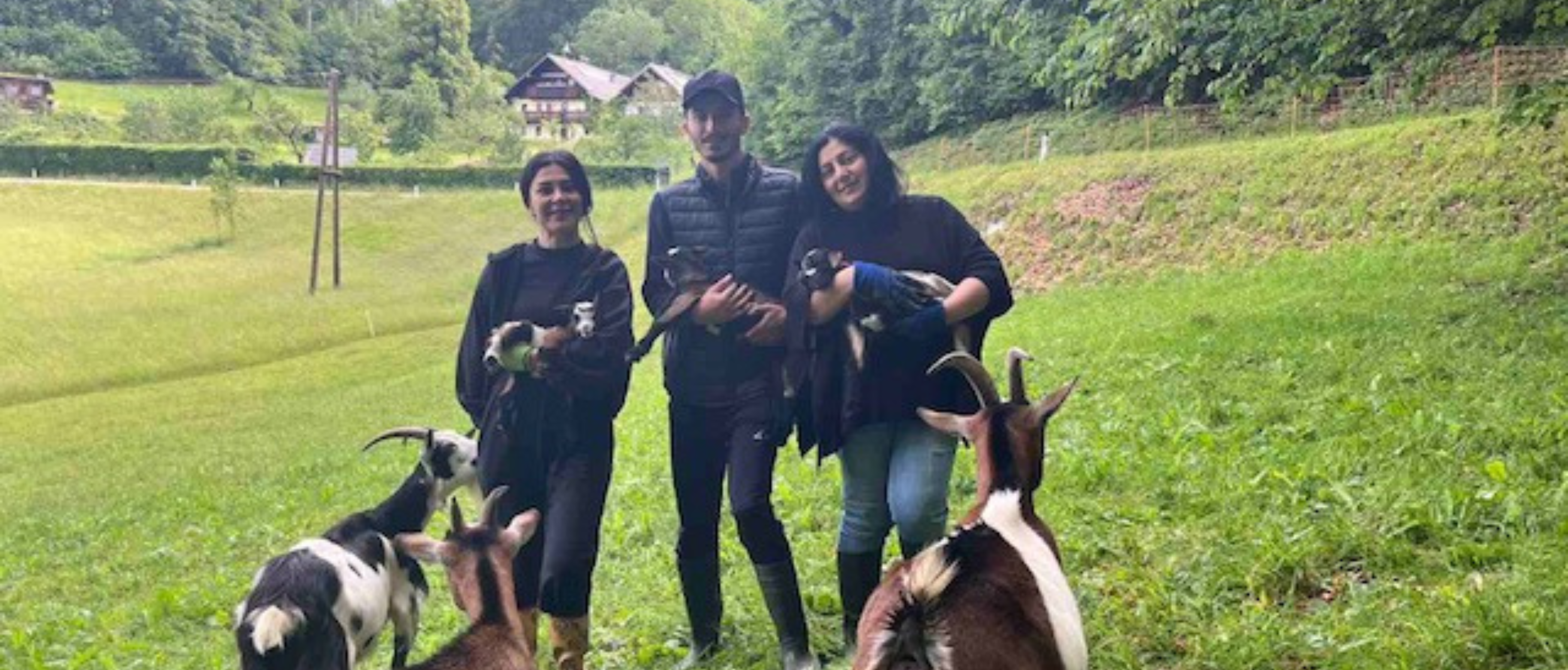
Visit of Shenavan and Lernavan Agroforestry Team to Austria
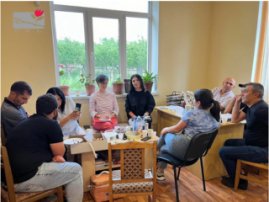
Exactly one month after their return from the study visit to Austria the group of young farmers from Shenavan and Lernavan villages met for an exchange and evaluation of the visit.
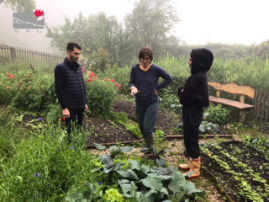
In the beginning of June, the group of four farmers from Shenavan and Lernavan, that will be involved in the establishment of agroforestry in their villages, had participated in a study visit to Austria organised by “Shen” NGO, in order to get insights into agroforestry approaches and their management.
Visit to the Krameterhof
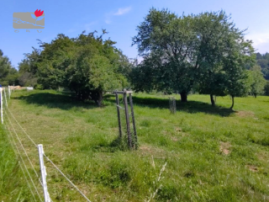
The main element of the study visit was a two-day guided tour on the Krameterhof in the Austrian Lungau, where about 60 yrs ago Sepp Holzer, one of the pioneers of permaculture, had started to develop, experiment and practically implement his permaculture concepts. Nowadays the farm, which had grown substantially over the years covers more than 45ha and is situated on a mountain slope, stretching over a total of 400 metres in altitude.
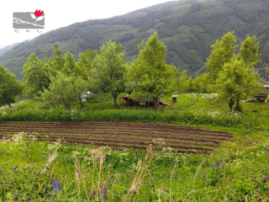
The main feature of the Krameterhof is the implementation of a very diverse permaculture concept, including a variety of different agroforestry approaches both on terraces and sloping areas and the impressive water retention on the site, based on a system of 72 interconnected ponds.
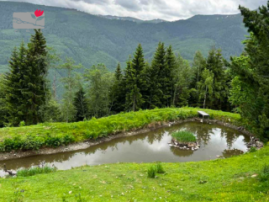
These do not only enable the production of fish, crayfish and useful aquatic plants, but also improve soil water status and water availability throughout the year as well as change the microclimate, thus enabling the cultivation of many species, particularly fruit trees and vegetables, that otherwise are not found on this elevation.
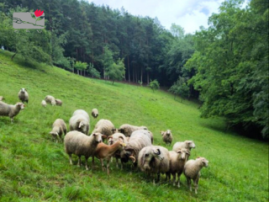
However, besides growing fruits, vegetables and arable crops, also animals are kept on the farm, integrated into the system in a way that they not only contribute to the nutrient cycling on the farm, but also “take over” part of the farm labour, e.g. grazing cattle and sheep keep the areas around the fruit trees on the steeper slopes well managed, while chicken and other birds form a part of integrated pest control.
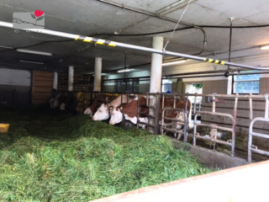
During the evaluation meeting, the study visit participants mentioned that to gain insights into the farm's diverse production system was very interesting and valuable for them. To see, how the different components of production were arranged on the farm, how space was used and how very marginal lands were used for specific, best adapted cultures, to understand how the production of field crops, vegetables, fruits, mushrooms, medicinal plants and different animal species could all be interlinked within the system, fostered new ideas.
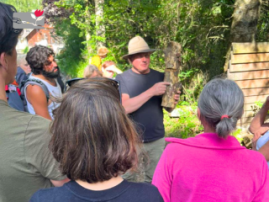
They mentioned that the practical management tips on crop rotation, interactions between species, specific cultivation methods, mulching practices and grafting concepts as well as on construction of terraces, ponds for water retention and natural storage facilities were also food for thought.
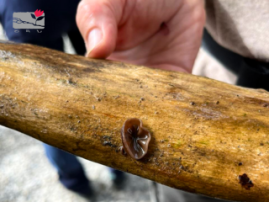
While agroforestry and permaculture systems are always site specific and, thus, may not simply be copied, getting insights into practical management aspects is, nevertheless, very inspiring for the further development of own approaches to ecologically sustainable land management.
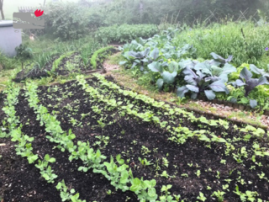
For the farmers, the visit was inspiring and motivating, particularly because they also learned of the family history and of the hardships of traditional and conventional farming in the area, which on the Krameterhof were overcome with the development of the permaculture concepts.
Visit to WWOOF
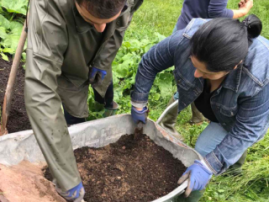
During the week before the guided tour, the group had spent an initial five days on organic farms in two different regions of Austria. These stays were organised in the context of WWOOFing, where food and accommodation are provided for free on the farm in exchange for four hours of participation in farm-work per day. Here, the work being carried out generally depends on the time of year and the current demand of the farm. Accordingly, the feedback of the study visit participants regarding the fulfilment of their expectations and the impulses they received from the stays was therefore very varied and due to the season, the maintenance of trees relevant in agroforestry did not form part of the work.
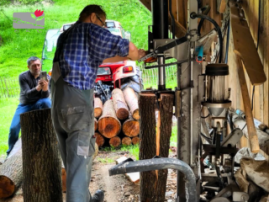
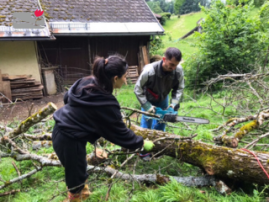
Still, the insights into pasture management, the use of electric fencing for the regular changing of the paddocks to avoid overgrazing, the production of organic fertilisers and pesticides, the composting of organic wastes, the making use of sheep-wool for mulching as well as the machinery used for splitting wood or the visit to a neighbouring fully digitalised farm, were assessed very positively by the participants.

